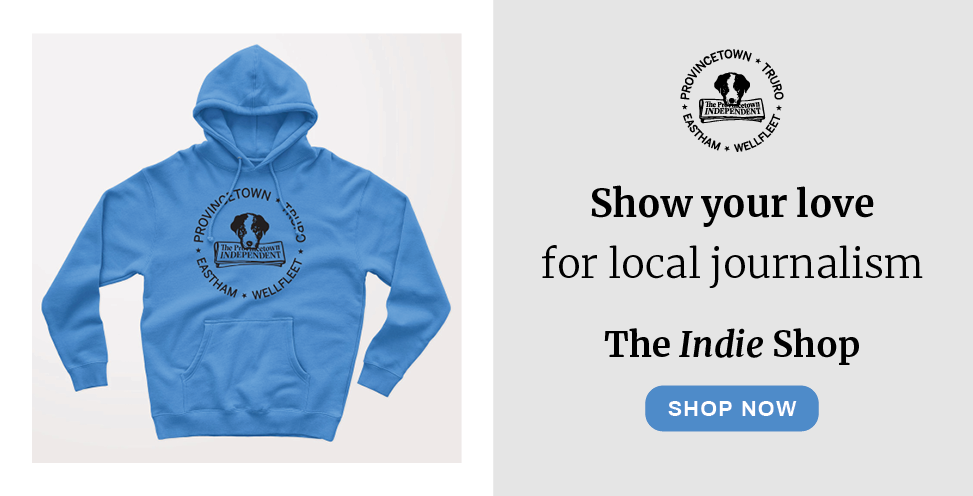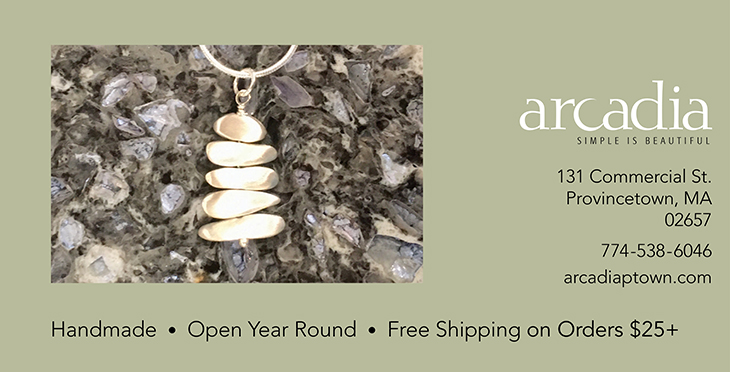To Elspeth Hay, it has always seemed clear that, when it comes to food, we take more from this planet than we give.
In her new book, Feed Us With Trees (out July 15 from New Society Publishers), Hay tackles the question of where our food comes from and how modern food production harms ecosystems. She also finds what might be a better way to feed ourselves: nut trees.
Hay writes, “I’ve felt ill-at-ease in the human world around me for as long as I can remember, a sense of wrongness always permeating my experience of place. How do we belong here? Why don’t we belong here?” That “we” refers to humans as a species. The species she’s interested in — oaks, hazelnuts, chestnuts — are central to the functioning of their ecosystems because they support so much life.
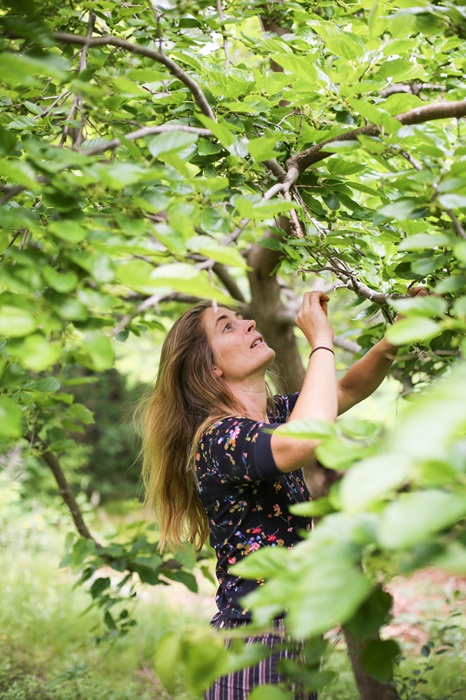
Feed Us With Trees is Hay’s first book, but she is a seasoned food and nature sleuth. She grew up in Maine, the child of two passionate birders. Watching birds and their wondrous range of adaptations for acquiring food, she didn’t understand why humans couldn’t do the same: walk out our front doors and find our meals.
In 2008, shortly after she moved to Wellfleet, Hay began asking, “What is there here to eat?” on her radio show, the Local Food Report, which continues to air weekly on WCAI. For the book, she’s pursued that question beyond Cape Cod to places across the country and in Europe. She also asks not just what is there to eat now but what was there to eat in the past, before modern agricultural production shaped our diets.
Hay takes the reader on visits to nut tree growers, scientists, Indigenous populations, and fellow researchers. Feed Us With Trees is not a practical guide so much as it is an anthropological study of how our food systems have shifted over time. It is also a memoir, written in the first person.
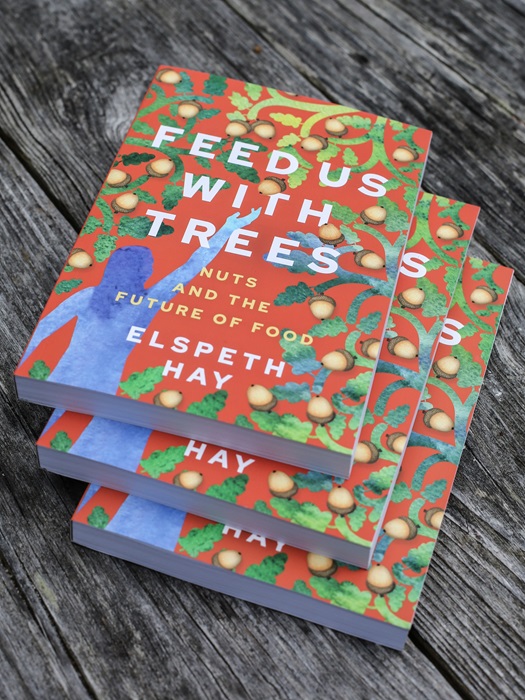
The reader follows Hay as she travels to California to talk with members of the Karuk Tribe who still hold the knowledge of an earlier and more abundant relationship with local food. Before colonizers arrived, Indigenous peoples maintained the oak savannah — a forest ecosystem in which oaks are a keystone species, that is, one on which other species depend.
An oak savannah has a grassy understory that is “prime human habitat” and also sustains a huge variety of wildlife, she learns. A large part of maintenance for such an ecosystem involves periodic controlled burns of the understory, which keeps the forest healthy and allows for new growth.
In England’s New Forest, Hay finds land filled with nut trees and edible understory plants that is still owned in common rather than by individuals. She visits chestnut farmers in the Midwest who are working to develop a hybrid tree that will both provide food and have good disease resistance. Back on the East Coast in Maine, she tastes bread made from acorns.
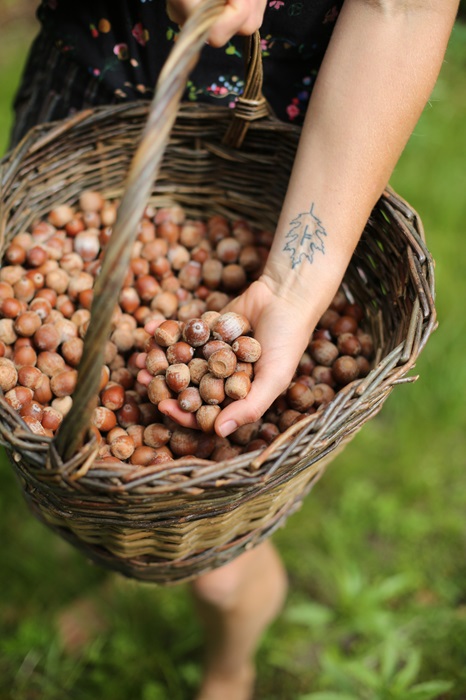
The book is filled with information from scientific studies, but Hay’s own moments of discovery, like when she realizes and jots down “acorn growing = farming,” animate the pages.
Hay sees promise in places like Cape Cod, where oaks are so ubiquitous as to be mostly ignored. Evidence of how abundant edible plants can be in a healthy oak-dominated forest already exists here. Hay writes that the wilds of the National Seashore have provided her with blueberries, huckleberries, hazelnuts, black walnuts, beech tree nuts, hickories, juneberries, milkweed shoots, wintergreen berries, watercress, and plenty of acorns.
The potential is enormous, and hers is not a new discovery. The idea of acorns as a staple crop is built into the etymology of the word. Hay writes that the Tunisian word for oak means “meal-bearing tree.” People in China, England, and other places around the world have relied on oaks, chestnuts, and hazelnuts as staple crops for millennia.
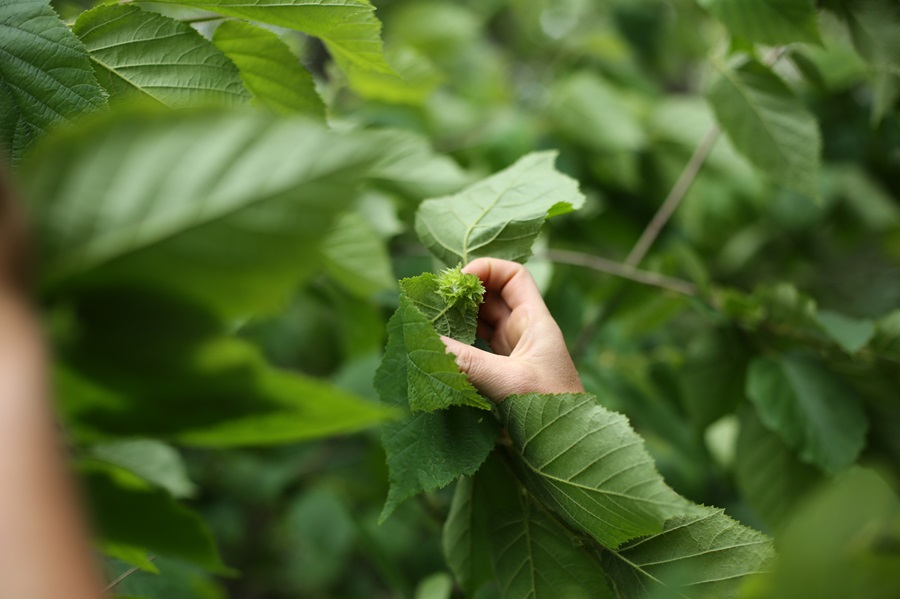
Feed Us With Trees succeeds in leaving the reader convinced that our struggling planet needs a shift to a food system that works in harmony with the land, one built on hardworking nut trees. But there is a risk that the book will leave the reader overwhelmed. The knowledge Hay describes only highlights how much more there is to learn and how things need to change.
In an interview with the Independent, Hay admitted, “It’s one thing to have a mindset shift. It’s another thing to actually have all the practical skills to apply it.” She feels ready to tackle the practical aspects of this work in her home and community: experimenting with acorns and other nuts in the kitchen, planting keystone nut species, participating in controlled burns, and teaching others how to do the same.
If we believe in our ability to be a positive part of an ecosystem, Hay says, “then a whole world of possibilities opens up.”
Tree Nuts
The event: Book launch party for Feed Us With Trees
The time: Tuesday, July 15, 6 to 7:30 p.m.
The place: Truro Vineyards, 11 Shore Road, North Truro
The cost: Free, but tickets are required
